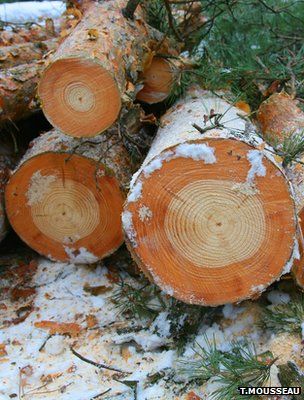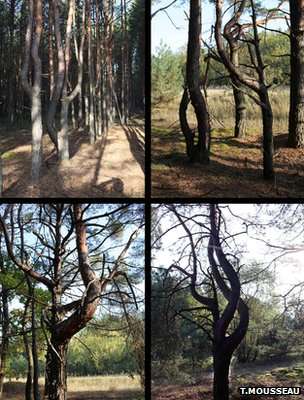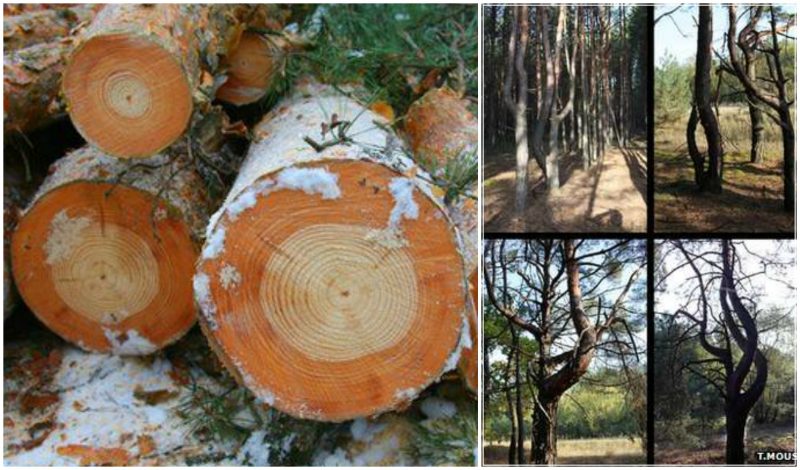Many people have heard of the terrible nuclear accident that happened to Chernobyl in 1986. Consider this: if people cannot go anywhere near the radioactive area, just think of what the radiation is doing to the wildlife there.
Scientists have recently began studying the trees in the Chernobyl area and they’ve found that things are worse than they expected. The first years after the incident proved to be the worst time for the plant life, especially the trees. However, it was not as if the trees could up and move to a different area; having to weather the disaster became their fight for survival. The trees that were left proved to have been quite vulnerable to the environment, especially when it came to drought. The younger trees at the time of the incident were affected the worst.
The first test the research team plans on looking at is the impact of the environment on a landscape scale. One of the research members, Tim Mousseau from the University of South Carolina, said that their field results had been consistent with their previous findings, which were based on a smaller sample of trees.
The genetics of the trees have been altered from all of the radiation in the area. The trees have shown abnormal growth forms, causing mutations and cell deaths in the trees.

Mousseau has been working on the trees in the 19-mile exclusion zone since 1999. He did, however, say that this was the first time he and his team were able to do a study at such a large scale; one that involved more than 100 Scots pines at more than 12 sites in the area.
Mousseau also mentioned that there was a similar study done before he and his team had done theirs. However, the previous study had only looked at a total of nine trees in the large area, and they were interested in only the wood structure and not the growth pattern of the trees.
Another study was done in the 1950s in the United States for a different tree. The study involved an external gamma source suspended above the ground in order to show the growth effects for a limited number of trees in the area.

For Mousseau and his team’s study, core samples were taken from the Scots pine trees for several reasons. One was that the species is found across Europe and was well dispersed in the Chernobyl region. The trees are also a favorite species for silviculture, which means they have a high economic value.
Mousseau and his team had compared the studies previous to theirs and they found that in general, trees appear to be a good target for radioecology, as they had been intensively impacted by the fallout.
One of the first major ecological observations done after the Chernobyl incident was the death of the red forest. The forest was given that name after the pines had died quickly because of the explosion, turning red in the aftermath. The tree rings of the Scots pines were easier to read than those of the birch trees that were found in the same area.
Mousseau and his team are hoping to travel to Fukushima, Japan in their next study. Fukushima was the nuclear reactor site damaged by the recent tsunami. They are hoping to make a study to show just how important the dispersing of pine trees is for the economy and the environment.
Surprisingly, in the beginning of their studies, they found that even though team was looking at the most contaminated regions Fukushima did not have a major die-off like the Chernobyl Scots pines did. However, the trees do have some telltale signs that they have been the victim of radiation, most notably the tips of the branches which have died off from the exposure. Mousseau and his team hope to do more research into the Japanese trees to find out what could be causing the growth issues.
